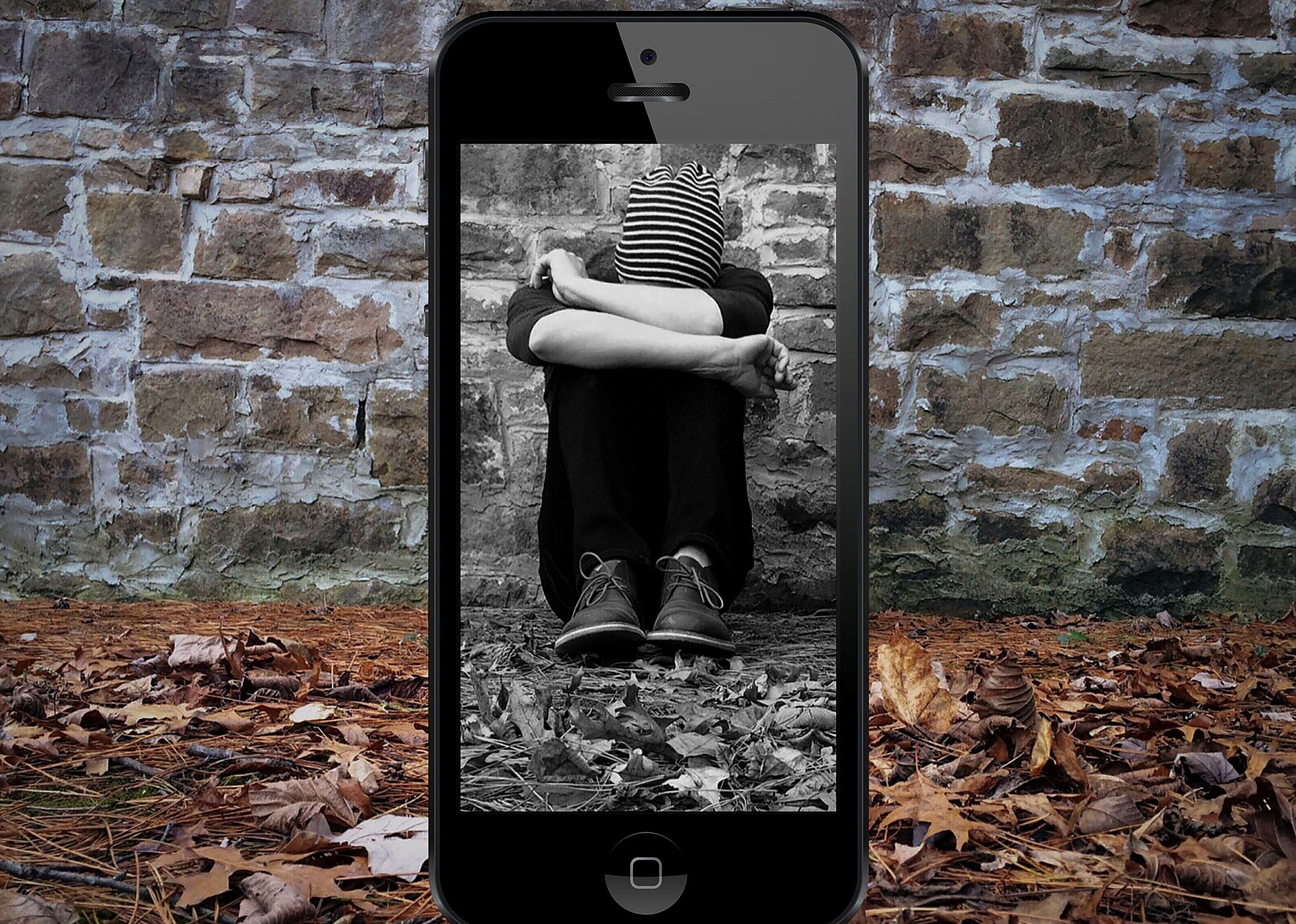4 Ways To Prevent Cyberbullying
Chad A. Rose, the director of Mizzou Ed Bully Prevention Lab, shares tips for preventing cyberbullying.

Preventing cyberbullying is increasingly critical for education as students spend more and more time online.
“We live in a world now where bullying doesn’t begin and end with school bells,” says Chad A. Rose, director of Mizzou Ed Bully Prevention Lab at the University of Missouri. “It encompasses a kid’s entire life.”
Rose shared the following suggestions for educators who want to help prevent cyberbullying at their schools.
1. Preventing Cyberbullying: Recognize That It’s a School Problem Even if It happens Outside of School
Bullying, of any kind, is defined as an imbalance of physical or emotional power, intent to cause physical or emotional harm, and behavior that is repeated or likely to be repeated, Rose says. Unlike traditional in-person bullying, cyberbullying does not necessarily occur on school grounds or even during school hours. As a result, it can be seen as an issue that is outside of school, even though cyberbullying has the potential to impact every aspect of a child’s life and education.
“I think it’s always a school issue,” Rose says. If educators acknowledge this, they can do more to prevent it and support and protect their students in their digital interactions.
2. Preventing Cyberbullying: Teach Digital Citizenship
A key to protecting students from cyberbullying is to teach digital citizenship in elementary school, Rose says. These lessons should focus on the following:
- Safety - Students should learn the basics of online safety, including not giving out personal information such as their name or address
- Choice - Students should be reminded that posting something online is a choice and that stopping and thinking before posting or sharing can often prevent an unfortunate incident
- Permanence - Students need to learn that things that you post online are permanent, Rose says, as even apps that claim to delete data often keep that data stored
While school digital citizenship programs often do a good job with teaching online safety, Rose says more needs to be done to teach students about the other two key aspects, particularly that items posted online can be there forever. “I don’t think kids quite understand permanence,” he says.
Tools and ideas to transform education. Sign up below.
3. Preventing Cyberbullying: Working with Cyberbullies on SEL and Empathy
When educators discover one of their students is a perpetrator of cyberbullying they are limited in how they can respond. “You can’t tell a kid that, ‘Hey, I’m confiscating your phone that your parents paid a thousand dollars for,’” Rose says. However, educators can and should work to form a connection with parents. “Before anything happens, we should have a nice form of communication between parents and schools,” he says. That way parents of both cyberbullies and their victims can be enlisted to help find solutions.
Students who engage in cyberbullying should be given extra social and emotional learning lessons. One strategy is to build empathy by having the student and a facilitator talk through a story that is similar to the real-life situation that is occurring, and then delve into the student’s thoughts and feelings in relation to that story. If the student says they wouldn’t care if someone did that to them, an educator can teach them about empathy by explaining that other students might care.
4. Preventing Cyberbullying: Don’t Suggest Students Stop Using Technology
A common piece of advice for the victims of cyberbullying is to stop using the platform on which the bullying is taking place, however, that may not be the best approach. “We used to tell kids if someone is mistreating you, delete the app,” Rose says. “I’ve long said that we can’t just tell them to socially remove themselves.” For example, Rose says you wouldn’t tell a child to stop playing basketball if they were getting bullied on the court.
Increasingly, online spaces fulfill a similar function in children’s lives, and simply withdrawing from social media isn’t a valid option. Instead, educators need to understand the causes of bullying and work with students to develop online strategies to mitigate the impact. "Digital citizenship should be embedded in the daily curriculum, especially in environments that include high usage of electronic devices," Rose says. "This includes teaching students about the safety, choice, and permanency of interacting online."
Erik Ofgang is a Tech & Learning contributor. A journalist, author and educator, his work has appeared in The New York Times, the Washington Post, the Smithsonian, The Atlantic, and Associated Press. He currently teaches at Western Connecticut State University’s MFA program. While a staff writer at Connecticut Magazine he won a Society of Professional Journalism Award for his education reporting. He is interested in how humans learn and how technology can make that more effective.

